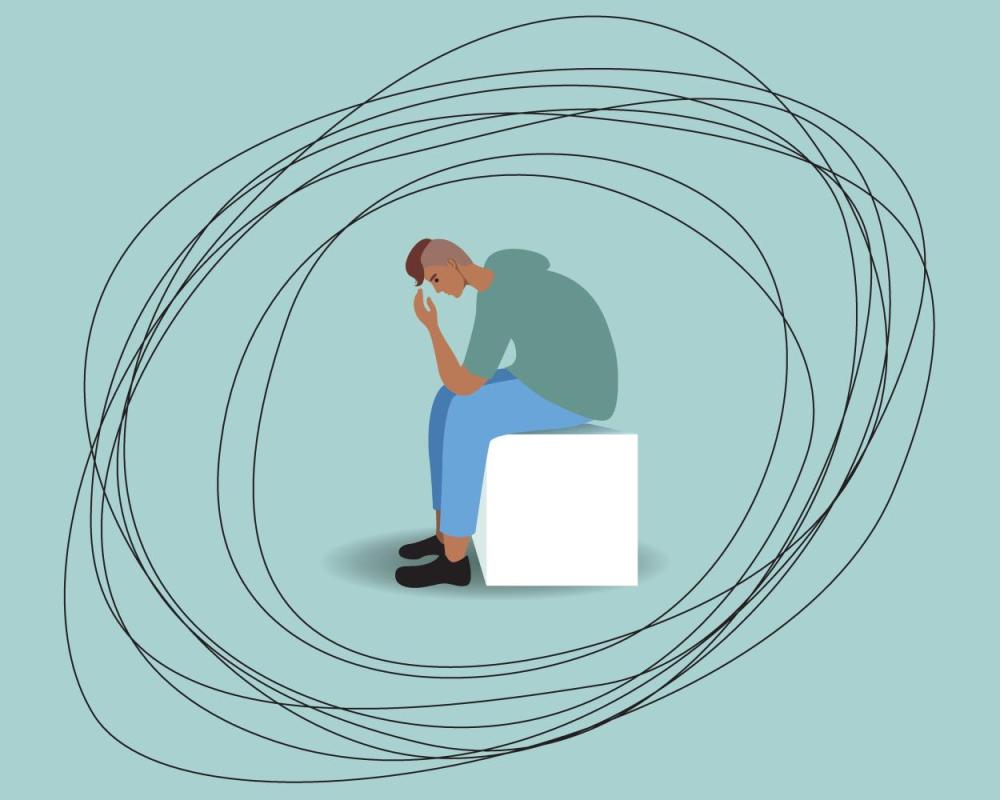
Patella pain, also known as patellofemoral pain syndrome (PFPS), is a common ailment that affects people of all ages. Characterized by a dull, painful discomfort around the front of the knee, this condition can hinder the ability to perform daily activities and enjoy an active lifestyle. This comprehensive guide will delve into the causes, symptoms, diagnosis, and management strategies for kneecap painproviding readers with the knowledge necessary to understand and address this widespread problem.
The Complexities of Patella Pain
The kneecap, or patella, is a crucial component of the knee joint, serving as a shield for the joint and as a fulcrum for the forces of the leg muscles. Pain in this area is often a symptom of underlying problems that affect the complex interaction of bones, cartilage, muscles and tendons that make up the knee. It functions as the central point where the force of the quadriceps muscle group is transmitted to the tibia, allowing for knee extension. The posterior surface of the kneecap, lined with thick cartilage, slides over the thighbone as the knee bends and straightens. This sliding mechanism is delicate; When discontinued, it can cause debilitating discomfort or pain. Factors such as misalignment, direct trauma, or degenerative changes can alter the movement of the kneecap, causing a variety of symptoms ranging from mild discomfort to severe functional impairment.
Causes and risk factors
Patella pain can arise from several sources. Overuse and repetitive stress on the knee joint are the most common culprits, often seen in athletes or people with jobs that require prolonged kneeling or squatting. Constant pressure and stress can strain the patellofemoral joint, the interface where the kneecap attaches to the thighbone, causing inflammation or irritation. Acute injuries, such as falls or blows to the knee, can precipitate immediate pain, while gradual wear and tear can lead to chronic discomfort. In addition, anatomical peculiarities, such as a highly elevated kneecap or an unusually shaped patellar groove on the femur, can also predispose people to progressive suffocation syndrome. Biomechanical factors, including imbalances in muscle strength and flexibility, abnormal gait, or misalignment of the bones in the legs, can contribute to stress on the patellofemoral joint. These conditions can alter the distribution of forces throughout the knee, increasing the likelihood of developing pain and dysfunction in the patellar region.
Symptoms to look out for
The hallmark of kneecap pain is persistent pain located in the front of the knee, around the kneecap. This discomfort is often exacerbated by activities that put pressure on the knee joint, such as running, jumping, or climbing stairs. There may also be swelling and some patients report a clicking or grinding sensation in the knee during movement.
Diagnosis and Evaluation
Accurate diagnosis is key to effective treatment. Medical professionals often use a combination of patient history, physical exams, and imaging tests, such as X-rays or MRIs, to diagnose PFPS and rule out other conditions such as arthritis or meniscus tears.
Treatment strategies
Addressing kneecap pain typically involves both immediate measures to relieve discomfort and longer-term strategies to prevent recurrence.
- Immediate Relief: Reducing or modifying activities that cause pain is essential. Applying ice and using nonsteroidal anti-inflammatory drugs (NSAIDs) can help reduce inflammation and control acute pain.
- Physical therapy: A cornerstone of long-term treatment is physical therapy focused on strengthening the muscles around the knee, particularly the quadriceps and glutes, to improve patellar tracking and reduce stress on the joint.
- Pain Management In addition to NSAIDs, other modalities such as Transcutaneous electrical nerve stimulation (TENS) or therapeutic ultrasound can be used to control pain.
- Orthotics and Support Devices: Custom orthotics may be recommended to correct foot arch problems that contribute to knee pain. Supportive knee pads can also help stabilize the kneecap.
- Surgical intervention: In cases where conservative treatments are insufficient, procedures such as a lateral release or tibial tubercle transfer may be considered to realign the patella and relieve pressure on the knee joint.
Precautionary measures
Long-term treatment of kneecap pain also involves preventative strategies. This includes maintaining a healthy weight to reduce stress on your knees, performing low-impact exercises such as swimming or cycling, and avoiding sudden increases in training intensity. Additionally, proper nutrition plays a critical role in maintaining joint health; A balanced diet rich in calcium and vitamin D can promote bone strength, while omega-3 fatty acids can help reduce inflammation. Regular, targeted exercise to strengthen core and lower extremity muscles, particularly the quadriceps and hamstrings, can also ensure better knee stability and function. Proper warm-up and cool-down periods during workouts, along with proper technique, are essential to preventing injuries and strains to the knee joint.
Ergonomic and lifestyle adjustments
Simple changes to daily life can have a significant impact. For example, people could switch to sitting positions that reduce knee bending, use ergonomic furniture, or avoid prolonged periods of sitting. Ergonomic adjustments extend to footwear choice, with supportive footwear being crucial to maintain proper leg alignment and distribute weight evenly. Proper knee-friendly sports equipment, such as well-cushioned running shoes or bicycles adjusted to the proper height, can also minimize the risk of kneecap pain. In the workplace, creating an environment conducive to good posture, with adjustable chairs and desks, can significantly decrease the chances of developing knee problems. It is also beneficial to alternate periods of sitting with periods of standing or walking to keep joints and muscles active and promote circulation. Forecast and outlook
The prognosis for those suffering from kneecap pain is generally good and many experience substantial relief through a combination of treatment and lifestyle adjustments. However, some may have recurring issues that require ongoing management.
Patella pain, while common, is not an insurmountable condition. Understanding its causes, recognizing its symptoms, and following an effective treatment plan can lead to a significant reduction in pain and a better quality of life. It is essential that people work closely with healthcare professionals to tailor a treatment strategy to their specific needs. With a proactive approach to treatment and prevention, most people with kneecap pain can expect to resume normal activities without discomfort.






